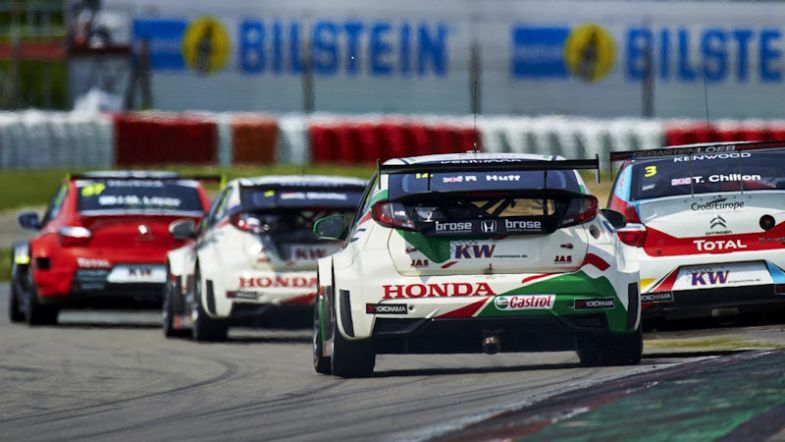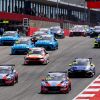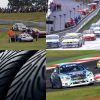Analysis: The Honda flat floor situation explained…
After qualifying at the Hungaroring weekend, it emerged there was investigation taking place by the FIA into the legality of the four Civics entered by Honda. This included the three factory cars driven by Rob Huff, Tiago Monteiro and Norbert Michelisz, as well as the privateer entry of Ferenc Ficza which is run by Zengo Motorsport.
It soon became clear that the component in question was the flat floor of the Civic, and that the FIA technical delegate, Manuel Leal, was not comfortable that the part met the championship’s stringent technical regulations (Super 2000 TC1).
What exactly is wrong with it?
The FIA don’t communicate any further beyond matter of fact, and so all that’s been said from the motorsport governing body is that the part does not match the one presented at homologation inspection at the start of the season, and that its construction is not in compliance with the definition of composite applicable at the time of homologation.
Honda and their racing programme partner JAS Motorsport are unsurprisingly cautious to communicate details about the issue, especially while the investigation is ongoing, but informed paddock talk points to the flat floors of the car having been designed to help carry and distribute the compensation weight that the team have been allocated since the third event of the season.
This would also explain why no issues were picked up in the first two weekends of the season in France and Slovakia, where Honda didn’t carry any compensation weight.
What happened in Hungary? Didn’t the stewards declare it legal?
Yes and no. In Hungary, the stewards (it’s important to note the stewards are not the same as the technical delegate), issued a decision confirming that they found the flat floor of the Honda as to be in compliance with the current regulations, with no further action to be taken. The FIA stewards in Hungary were Horst Seidel, Wan Heping and Lajos Herczeg.
However, what wasn’t clear was that this communication was only subject to a further investigation to take place away from the track by the FIA’s technical delegate to gather more information until a decision with more facts available could be made. The FIA then included a line on the race results, saying the results from the races would remain provisional subject to the conclusion of the further investigation concerning the Hondas’ flat floors.
The FIA therefore convened a meeting with the stewards of the Nürburgring weekend on Thursday evening with representatives from Honda, JAS Motorsport and Zengo Motorsport with the stewards and the technical delegate to make a final decision, which was then published that night.
The FIA stewards of the weekend Paolo Longoni, Tim Schenken and Achim Loth, a different group to the Hungary weekend, ruled that the Honda cars were illegal during the Hungarian and Moroccan rounds of the championship and that they should be excluded from both events.
Is carrying weight in the flat floor illegal?
It’s exactly that which is the debate, and the one is completely down to interpretation of the technical regulations.
Honda are adamant that they have been fully open and engaged with the FIA throughout the entire process, and are confident that their interpretation of the regulations is perfectly legal, and hence they’ve challenged the decision of the FIA stewards.
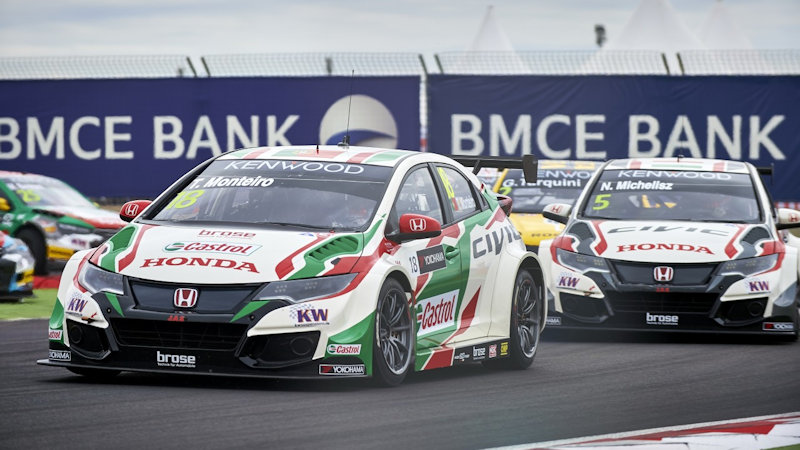
Isn’t this all just done to help Citroën out?
Far from it. In fact, one of the catalysts for Citroën leaving the championship has been the lack of competition that the French manufacturer has had during their first two seasons in the championship.
As much as many fans find one manufacturer dominating a championship a dull prospect, the manufacturers themselves that dislike that situation, and they also welcome competition (just as long as they still win of course).
Although the season is still long, given that Citroën have been carrying 80kg of compensation weight all year so far, it’s still the case that the French manufacturer has the best car on the grid and that they are more than likely to win their third championship in their final season in the WTCC, although the gap between them and Honda has closed up thanks to technical improvements, infrastructure changes as well as a renewed driver line-up at their Japanese rivals.
As a result, the outcome of a race weekend is no longer as predictable as they have been in recent years, and so that has improved the show and the challenge that Citroën face each weekend, and one which if perhaps they’d been presented with during their first two seasons in the championship, meant they could have stayed instead of taking on the more tackling prospect of fighting Volkswagen in the World Rally Championship.
So, hasn’t the FIA basically ruined the championship fight?
I don’t think there’s any question that the potential result of Honda being excluded from two race weekends will spoil the championship battle we’ve seen so far this season.
No one from the promoter, to the fans, the media, to the drivers and teams themselves feel that their exclusion will benefit the championship from an entertainment perspective.
That said, the FIA has a job to do and that is to ensure all of the teams and manufacturers’ are following the regulations they have laid out, and it’s clear the FIA technical delegate and the stewards of the Race of Germany weekend have come to the conclusion that Honda have not interpreted the technical regulations correctly and so have excluded them from the events.
It will therefore set an important precedent to the other teams that what Honda have done is not how the regulations should be interpreted, however, should of course there be some ambiguity, Honda would expect to be reinstated and either the technical regulations reworded or the team’s interpretation be allowed to stand.
It’s also very important to note that the FIA has clearly found no malice or evidence of blatant cheating on behalf of Honda, which can be interpreted from the scale of the penalty which doesn’t include any financial sanctions, bans or suspended bans from future rounds of the championship, and only excludes them from the results of the two races in question. Some examples of teams found to be “cheating” from a technical standpoint include Toyota’s suspension from the World Rally Championship in 1995 and British American Racing’s two-race ban from the Formula One World Championship in 2005, and their penalties were far more severe.
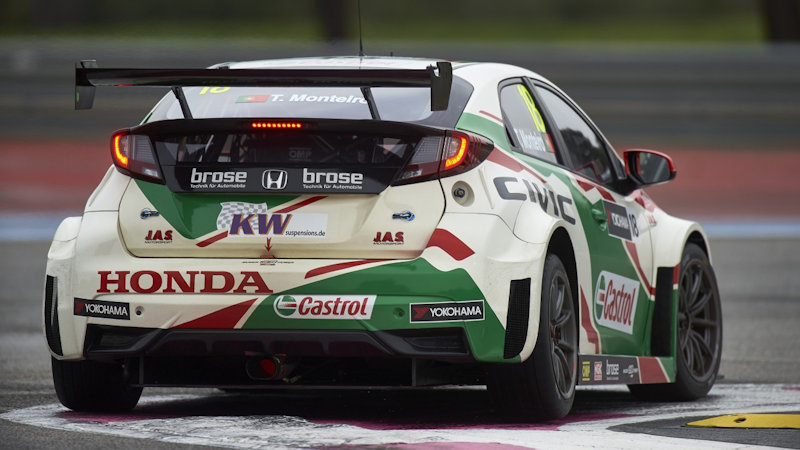
How were the cars found legal during the Nürburgring weekend?
The team fitted flat floors of a previous specification (most likely from France & Slovakia) to the cars and so they passed scrutineering after qualifying and Saturday’s two races without any issue.
Isn’t that an admission of guilt?
It’s probably better read as a wise precaution on behalf of the manufacturer. Should the worst happen and the flat floor is still found to be illegal, then they only lose the points from two race meetings instead of up to five.
What will happen now?
Honda have made a statement announcing their intention to take the case to the FIA International Court of Appeal, where a panel will be convened to listen to the case put forward by the FIA’s technical delegate as well as representatives of the teams affected, which are Honda Racing Team JAS and Zengo Motorsport.
Until this time, all results from the Hungary and Slovakia weekends will stand, albeit provisionally, and the championship points will also be unchanged, leaving Honda second in the drivers’ standings with Tiago Monteiro their best-placed driver for the timebeing, two points ahead of Rob Huff in third, and still with the potential to challenge José María López for the drivers’ title.
The Court of Appeal is likely to take place in over a month’s time, which will mean at least a further two race meetings (Russia and Portugal) will have taken place , with the entire European leg of the season having been completed.
The Court of Appeal will make a final ruling on the flat floor of Honda’s legality, either imposing the decision of the stewards of the Race of Germany, or they could choose reduce or increase the sentence, or uphold Honda’s appeal, in which case the results of Hungary and Morocco would become final and Honda would be cleared of any wrongdoing.
